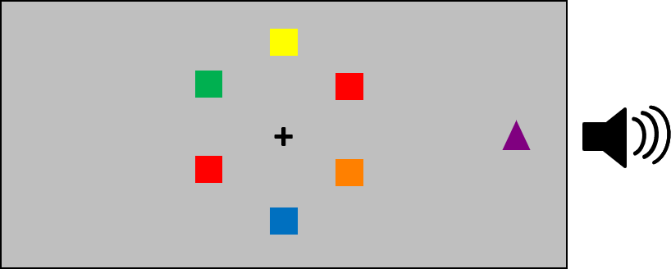Nora Turoman
Nora Turoman
Junior Group Leader | Postdoctoral researcher
I obtained my MSc in Psychological Research Methods at the University of Oxford, after which I completed a PhD in Neuroscience at the University of Lausanne. In my PhD, I investigated the development of selective attention over visual and multisensory objects throughout primary education, and how such skills relate to children’s emerging literacy and numeracy. I then continued onto a postdoc at the University of Geneva, focusing on the links between distraction and working memory in multisensory environments, as a model of school learning. After receiving the competitive Jacobs Foundation Research Fellowship, I am now continuing this work, and many other projects, as a junior group leader.
Twitter: @NoraPlethora
Linkedin
ORCID
Personal website
Ongoing projects

We know that distraction can have negative effects for working memory performance, and school learning. What we do not know is if different sorts of distracting information are equally as disruptive. Most lab-based research focuses on information that we can see (visual) or that we can hear (auditory), but real environments like classrooms are full of information that we can see and hear (multisensory). This project aims to compare visual, auditory, and multisensory distracting information on how disruptive they are for working memory performance in primary school children and young adults, in order to better understand the developmental trajectory of distractor effects in working memory, with implications for classroom practice.
(in collaboration with Evie Vergauwe)
Does the task-relevance of distractors affect working memory performance?

(in collaboration with Evie Vergauwe)
Can the contents of children’s working memory be “decoded”?

(in collaboration with Evie Vergauwe, Prosper Agbesi Fiave, and Megan deBettencourt)
And many more collaborations
Team
Elodie Walter – research assistant (Masters)
Anae Motz – research assistant (Bachelors)
Laboratoire Mémoire de travail, Cognition et Développement
Université de Genève
Faculté de psychologie et Sciences de l'éducation
Bureau 5158
40 Boulevard Pont d'Arve
1205 Genève


